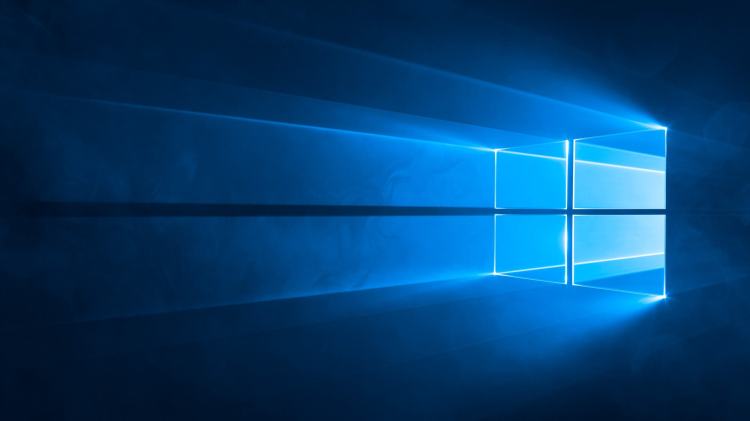Microsoft today announced the release of new Windows 10 builds for PC and mobile for people participating in the fast ring of the Windows Insider Program.
Build 14951, which follows build 14946 from last week, contains a few meaningful changes on the PC side.
One is that Microsoft has revamped the standard-issue Camera app. The app starts up faster and moves faster from one shot to the next. Starting with this build, when you’re in the app you can use the space bar to take a picture, quickly set or change a photo timer, adjust the zoom level with a slider, and more easily look at your most recent shot.
But also, on a handful of devices (the Surface Book, Surface Pro 4, Surface Pro 3, and Surface 3), there’s an interesting new feature called Living Images. “With living images, extend your still captures with a snippet of video. These are created automatically whenever your shots feature motion,” Dona Sarkar, a software engineer in Microsoft’s Windows and Devices Group, wrote in a blog post. You can turn on the feature from the Camera app’s settings window.
Camera aside, Microsoft has updated the version of Linux that will be installed once Windows users have enabled the Windows Subsystem for Linux. As Microsoft said it would do last month, the version that you get is now Canonical’s Ubuntu 16.04 (Xenial), instead of Ubuntu 14.04 (Trusty). People who have already set up the Windows Subsystem for Linux can manually upgrade by executing the command do-release-upgrade in the Bash on Ubuntu on Windows program, Sarkar wrote.
On top of that, you can now launch Win32 binaries from inside Bash right next to your Linux commands. (Much more detail is available here.)
Windows Ink has also received updates. Now you can change color as well as width from the pen dropdown menu, and the menu will go away when you start drawing, Sarkar wrote. And there’s now something called Stencils. Here’s how Sarkar explains it:
Windows Ink protractor tool combines functions of both protractor and compass into one – now you can draw an arc or a complete circle of an arbitrary size with little effort. A familiar two-finger pinch gesture resizes the protractor to the desired size and a degree readout follows your pen, mouse, or finger as you draw along the side of the protractor displaying arc degrees.
As usual, the new PC build contains bug fixes, as well as some known issues. (To see them all, go here.) One issue that may irk some users is that you might not be able to sign back into Feedback Hub, Groove, MSN, and other apps if you automatically get signed out or manually sign out. In the fix department, starting with this build, the Registry Editor (accessible in Windows 10 by hitting Start and typing “regedit”) will keep your custom scan code mappings active even as you change builds. Plus, .csv and .xlsx files you download in Edge should no longer look like they’re locked by “another user” if Microsoft’s SmartScreen filter is turned on.
Microsoft’s Narrator screen-reading app has also received an update. It “now properly indicates” when it’s being closed, Sarkar wrote. Dialog boxes will now be read correctly, the app should function as it’s supposed to on websites and in tables, and hint text will no longer interrupt when Narrator is reading normal text, Sarkar wrote.
If you want to try this new build for PC or mobile but you’re not a Windows Insider, you can sign up here.
VentureBeat's mission is to be a digital town square for technical decision-makers to gain knowledge about transformative enterprise technology and transact. Learn More

